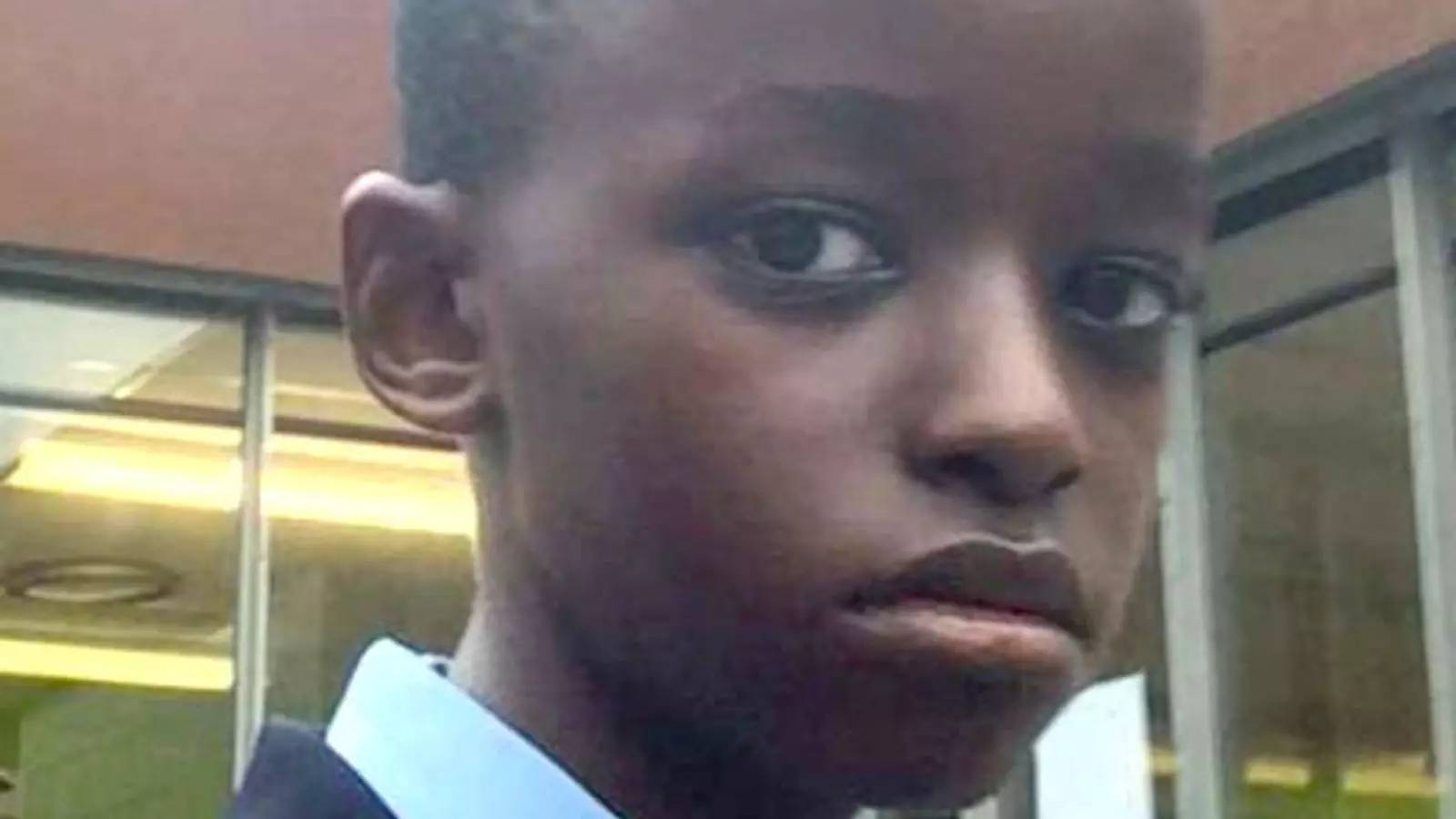The case surrounding 18-year-old Axel Rudakubana, who appeared before the Westminster magistrates’ court via video link from Belmarsh prison, raises critical questions about national security, public safety, and the response of law enforcement agencies. After allegedly possessing ricin, a deadly biological toxin, and an al-Qaeda training manual, Rudakubana faces grave charges that starkly highlight the growing concern over terrorism and violence among youth in contemporary society. With the tragedy of multiple stabbings in Southport—where three children, aged just six to nine, lost their lives—it is essential to delve into the ramifications of these allegations and the aura they create around security and community safety.
Rudakubana’s legal troubles have escalated with new charges under the Biological Weapons Act 1974 and Section 58 of the Terrorism Act 2000. Specifically, he is charged with the production of ricin and possessing information pertaining to acts of terrorism. This broadens the scope of his legal issues beyond the heartbreaking stabbings at a dance class; it introduces an alarming dimension of potential biological threats in a time when many communities are still grappling with the aftermath of violence, fear, and instability.
The severity of charges related to biological toxins cannot be overstated. Ricin, derived from castor beans, poses a significant health risk, and even a small amount can lead to fatal consequences. The presence of a document linked to al-Qaeda only compounds the gravity of the situation. The apparent juxtaposition of a youth charged with heinous acts alongside materials connected to international terror groups paints a disconcerting picture of growing radicalization or violent ideation among younger individuals.
The brutal stabbings triggered a wave of panic and unrest within the Southport community and beyond. Following the attack, disturbances erupted across the UK, fueled by misinformation that linked Rudakubana to asylum-seeking populations. Such fears only stoked the fires of far-right sentiment and led to a backlash that resulted in over 1,500 arrests and approximately 1,000 charges. The chaos has opened a dialogue about the role of misinformation in exacerbating societal tensions and the responsibility of all parties involved—from law enforcement to media—to ensure accurate reporting and effective communication with the public.
The refusal of Axel Rudakubana to engage during his court hearing only adds layers to the mystery surrounding his motivations and mental state. His silence raises questions about his awareness of the consequences of his actions, as well as the psychological support he might need. In a climate of fear and anger, understanding the mental health aspects of such cases becomes crucial. It reflects the urgent necessity for accessible mental health services for youth, especially those at risk of radicalization or engaging in violence.
The Role of Law Enforcement
Law enforcement’s response to the situation has faced scrutiny, particularly regarding the timing of charges and the dissemination of information. With the serious nature of the stabbings and the nature of new allegations, transparency is paramount. Authorities assert that the most recent charges were consistent with what had previously been investigated; however, political opponents question whether crucial information had been withheld from the public. This highlights a broader issue in law enforcement—how to balance public safety with the legal and ethical obligations of timely information release.
As Axel Rudakubana prepares to return to court for plea and trial preparations, the legal process surrounding these events serves as a reflection on societal values and safety. The intersecting themes of youth violence, community reaction, misinformation, and legal repercussions pose a dire need for a societal reflection on how such tragic events can be mitigated in the future.
The case of Axel Rudakubana reveals the profound vulnerabilities that today’s societies face, highlighting not only the direct threat to individuals but also the indirect societal fractures that violence can cause. As the legal proceedings advance, it is vital that a cohesive and thoughtful plan emerges to address the underlying issues that permitted such a tragedy to unfold. A multifaceted approach involving law enforcement, mental health services, and community outreach is essential in fostering a safe environment for all citizens, especially the most innocent among us—our youth. The unfolding narrative surrounding Rudakubana serves not only as a stark warning but as a rallying cry for collective vigilance and proactive measures against the specter of violence in our communities.


Leave a Reply